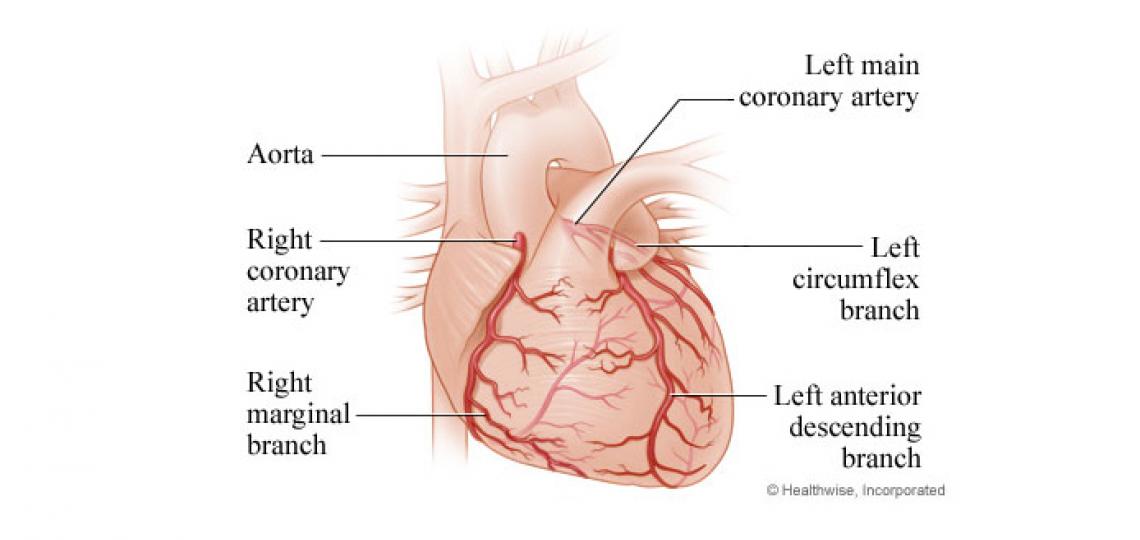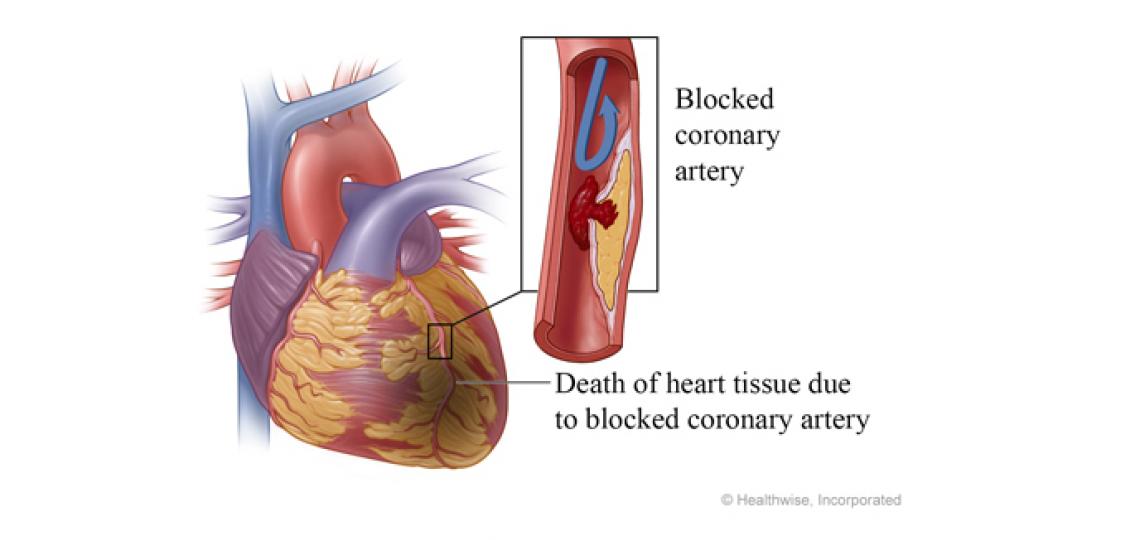Overview
During a coronary artery bypass, the diseased sections of your coronary arteries are bypassed with healthy artery or vein grafts to increase blood flow to the heart muscle tissue. This procedure is also called coronary artery bypass grafting (CABG). Bypass typically requires open-chest surgery.
There are several newer, less invasive techniques for bypass surgery that can be used instead of open-chest surgery in some cases. In some procedures, the heart is slowed with medicine but is still beating during the procedure. For these types of surgery, a heart-lung bypass machine is not needed. (For open-chest surgery, a heart-lung machine is needed to circulate the blood and to add oxygen to it.) Other techniques use keyhole procedures or minimally invasive procedures instead of open-chest surgery. Keyhole procedures use several smaller openings in the chest and may or may not require a heart-lung machine. These techniques are still being studied and may not be available in all medical centers.
Open-chest surgery
You'll receive anesthesia before the surgery that will make you sleep. In most cases, bypass surgery is open-chest surgery. During the surgery, your chest will be open and your heart exposed. The surgeon makes a large cut, or incision, in the middle or side of your chest. He or she may cut through your breastbone and spread apart your rib cage.
The surgeon removes a healthy blood vessel—often from the leg—and attaches (grafts) it to the narrowed or blocked artery. The new blood vessel bypasses the diseased artery to increase blood flow to the heart. You may need just one bypass graft, or you may need more. Some people have as many as two, three, or even four (double, triple, or quadruple bypass surgery). How many grafts you need depends on how many arteries are narrowed or blocked and where.
When the surgery is complete, the doctor may use wire to put your rib cage back together and stitches to close the incision. The surgery can take 3 to 6 hours. You will stay in the hospital at least 3 to 8 days after the surgery. It can take 4 to 6 weeks to recover at home. Most people are able to return to work within 1 to 2 months after surgery.
Why is coronary artery bypass surgery done?
Not everyone with coronary artery disease needs bypass surgery. Some people can be helped by angioplasty with stents. Others use medical therapy, which involves making lifestyle changes and taking medicines. Some people use both of those treatments. Your doctor is likely to recommend bypass surgery only if you will benefit from it and if those benefits are greater than the risks.
Your doctor may advise bypass surgery if:
Your left main heart artery is very narrow.
All three arteries of the heart are blocked or the amount of blood flowing through them is very low.
Your doctor thinks that bypass surgery will be more successful than angioplasty with stents.
You also need surgery to repair or replace a heart valve damaged by heart valve disease.
You have diabetes and two or more narrowed or blocked arteries.
Your heart is having trouble pumping. This is called a decreased ejection fraction.
Your choice may depend on the number of arteries that are affected or which arteries are affected. Talk with your doctor about the best treatment for you. The best treatment for you may also depend on your age, your health, and how much your angina is affecting your quality of life.
© 2016-2019 Healthwise, Incorporated.








 Credit
Credit

